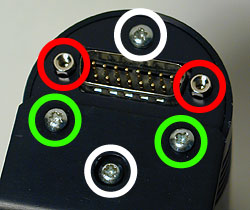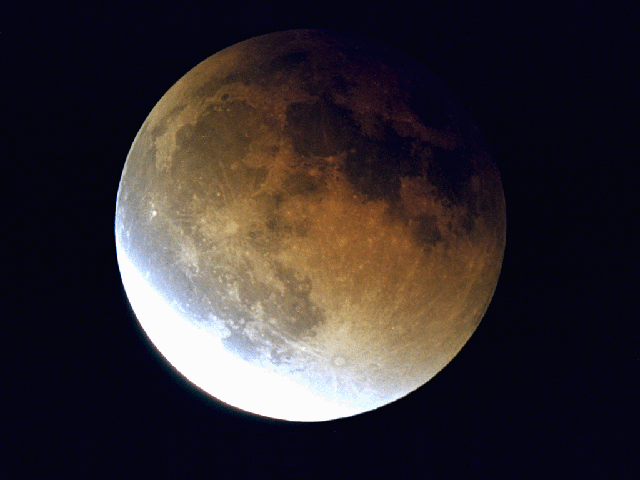StarlightXpress MX7C to MX716 Conversion
Shortly after I bought my MX7C I read that the hardware in the MX5C and MX516 were the same, and all that needed to be substituted was the CCD chip. I contacted Terry Platt of StarlightXpress and asked if this was the same for the MX7C line of cameras. Happily he confirmed that this was the correct, and I put in an order for a Sony ICX249AL CCD chip directly to StarlightXpress.
Now why bother with a mono chip? Why the heck did I buy a color camera in the 1st place? Well, the convenience of 1 shot color is still a huge plus for me but the possibility of having a mono chip capable of taking more sensitive luminance images to combine with the color data was intriguing. Not having to buy another camera to be able to do this was what sold me on the idea…





